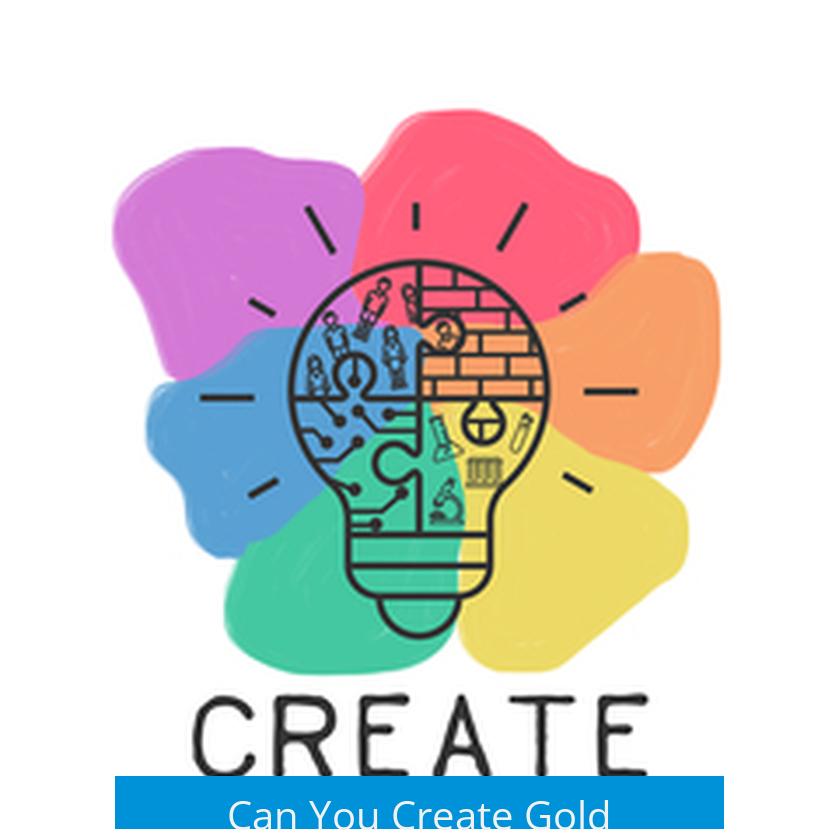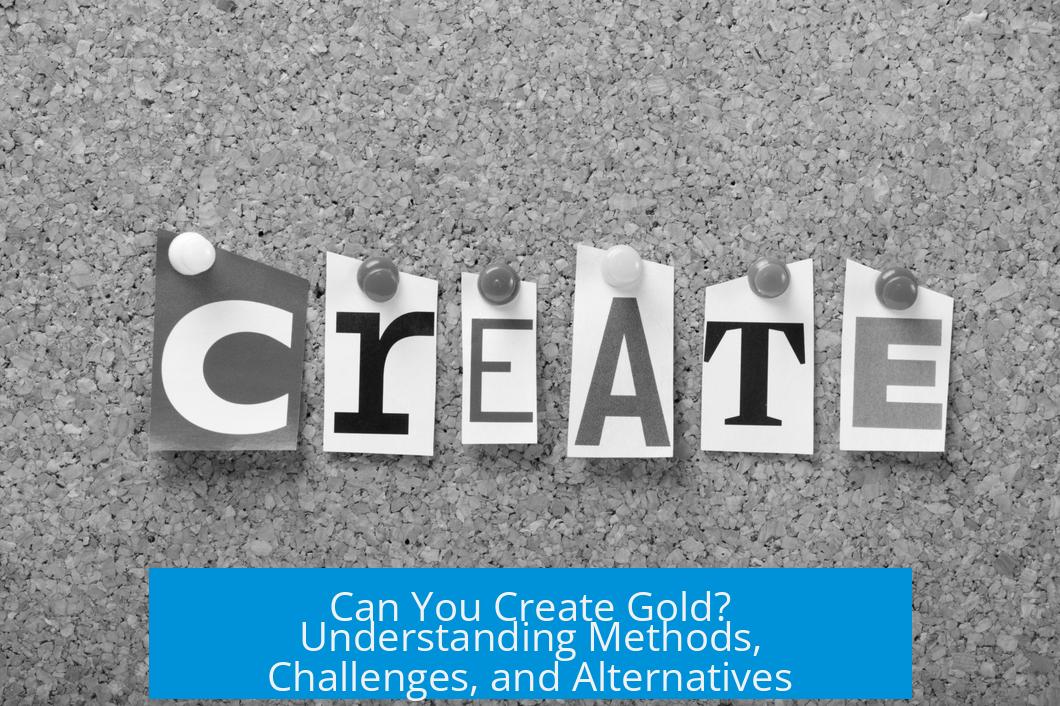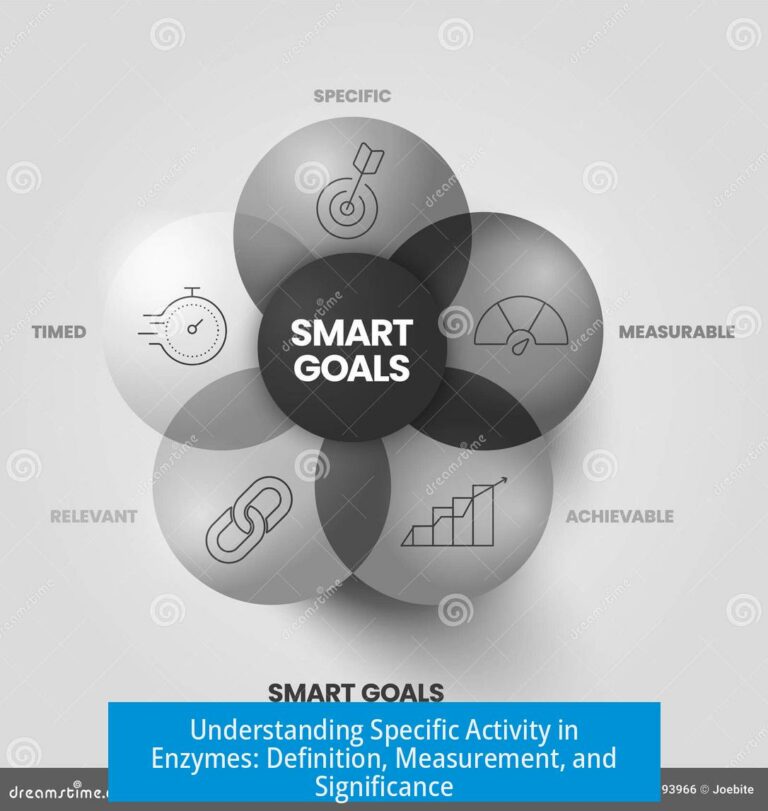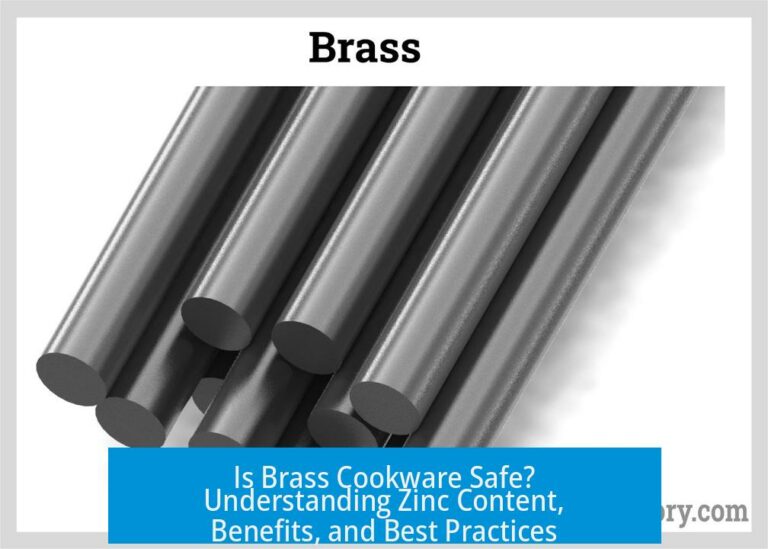Can You Create Gold?

It is technically possible to create gold through nuclear reactions, but the process is highly impractical, costly, and inefficient compared to mining or recycling. The methods involve altering atomic nuclei by adding or removing protons or neutrons, a procedure feasible only with advanced nuclear technology. However, the microscopic amounts produced and their potential radioactivity render this approach unviable as a commercial or practical means to obtain gold.
Feasibility of Producing Gold
Creating gold is not impossible. In principle, nuclear physics allows transformation of elements by changing their atomic nuclei. This process is called nuclear transmutation. It involves either neutron capture or proton ejection within atomic nuclei.
Despite being theoretically achievable, these methods require expensive equipment such as particle accelerators or nuclear reactors. The cost of running such facilities and sourcing target materials vastly outweighs the value of any gold produced.
- Gold can be synthesized in particle accelerators
- Only tiny quantities, such as picograms, are obtainable
- Energy and monetary costs far exceed mined or recycled gold value
Thus, while human technology currently allows production of gold atoms in laboratory environments, practical or commercial gold manufacturing is not feasible.
Scientific Methods to Create Gold
Nuclear Transmutation Explained
Gold has 79 protons in its nucleus. Changing another element into gold means adjusting this proton number. Nuclear transmutation can add or subtract protons or neutrons to alter one element into another.
Common target elements for creating gold include mercury (80 protons) and platinum (78 protons). By removing one proton from mercury or adding one to platinum, it is possible to produce gold nuclei.
However, this requires:
- Highly specialized nuclear reactors or particle accelerators
- Target materials such as mercury isotopes or platinum isotopes
- Control over nuclear reactions with high precision
Splitting Heavy Elements
Another concept involves splitting very heavy elements, such as uranium, to produce lighter elements around half the original atomic weight. Uranium’s fission yields multiple lighter elements but not specifically gold. Producing gold this way is unpredictable and yields mixed products.
Hence, this method does not allow controlled gold creation but rather random assortment of elements.
Radioactivity Challenges
Nuclear transformations often produce unstable isotopes with radioactivity. This means artificially created gold may initially be radioactive or accompanied by radioactive contaminants. Safe handling and cooling times would be necessary before usage, further complicating production.
The required nuclear processes generate waste and radiation risks, limiting this as a practical gold source.
Historical and Conceptual Background
The idea of turning common metals into gold stems from ancient alchemy. Alchemists sought to transmute lead or mercury into gold through chemical or mystical means. Modern science demonstrates while nuclear transmutation can create gold atoms, it differs vastly from historical claims.
Today’s scientific capabilities echo alchemy, but require high-energy physics, not simple chemical reactions or melting metals together. Attempts like mixing mercury with other metals will not produce gold.
Thus, the quest once metaphysical is now a question for nuclear physics rather than chemistry or magic.
Why Creating Gold Is Not Practical
| Factor | Details |
|---|---|
| Cost | Extremely high expenses in equipment, energy, and materials surpass gold’s value |
| Yield | Only microscopic amounts (picograms to nanograms) are produced per reaction |
| Radioactivity | Artificially made gold might initially be radioactive or contaminated |
| Complexity | Requires advanced nuclear physics expertise and highly specialized facilities |
| Availability | Gold mined or recycled remains vastly cheaper and accessible |
This makes manufacturing gold a scientific curiosity rather than a viable source.
Alternative Metals Worth Considering
Given the impracticality of creating gold, some suggest focusing on metals like rhodium. Rhodium is more expensive, shiny, and rare, making it attractive for industrial or decorative purposes. Investing time and resources to artificially make gold is not advisable.
Summary of Key Points
- Gold can be created by nuclear transmutation but only in minuscule amounts.
- The process requires advanced reactors or particle accelerators and is cost-prohibitive.
- Target elements close to gold on the periodic table (mercury, platinum) can be converted by adding or removing protons.
- Artificial gold may be radioactive or contaminated initially, needing careful handling.
- Mining and recycling gold remain vastly more economical sources than artificial production.
- The historical alchemists’ dream is scientifically possible but practically unattainable.





Leave a Comment